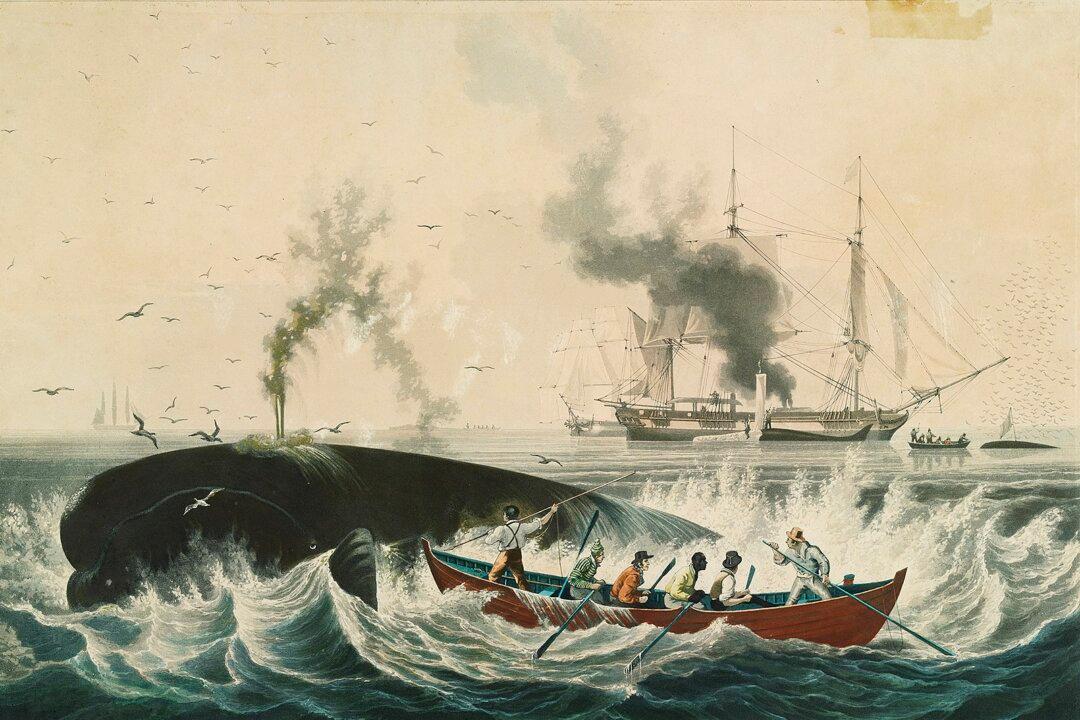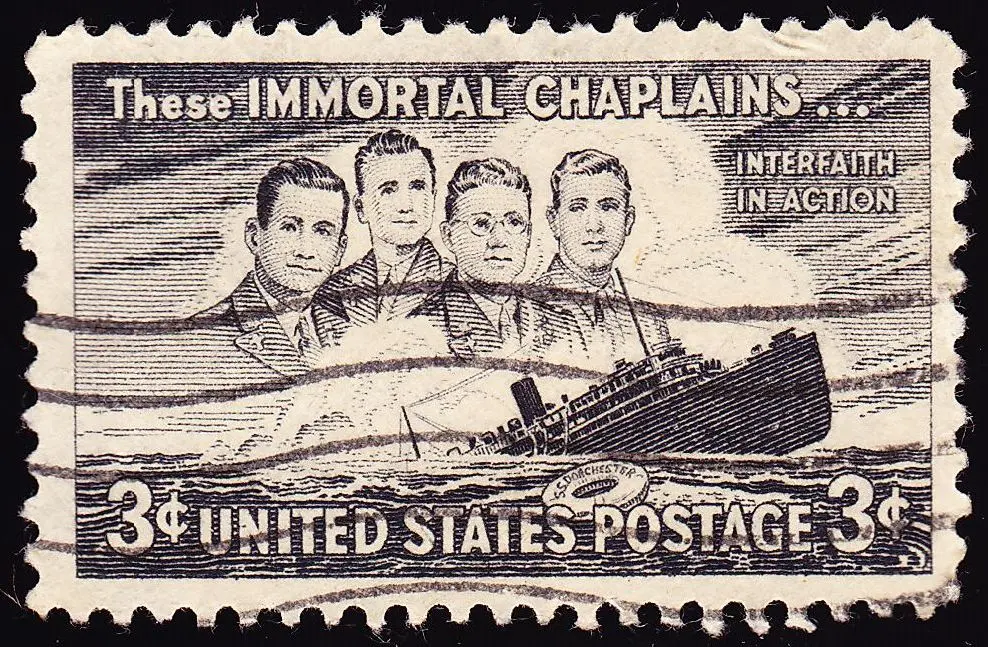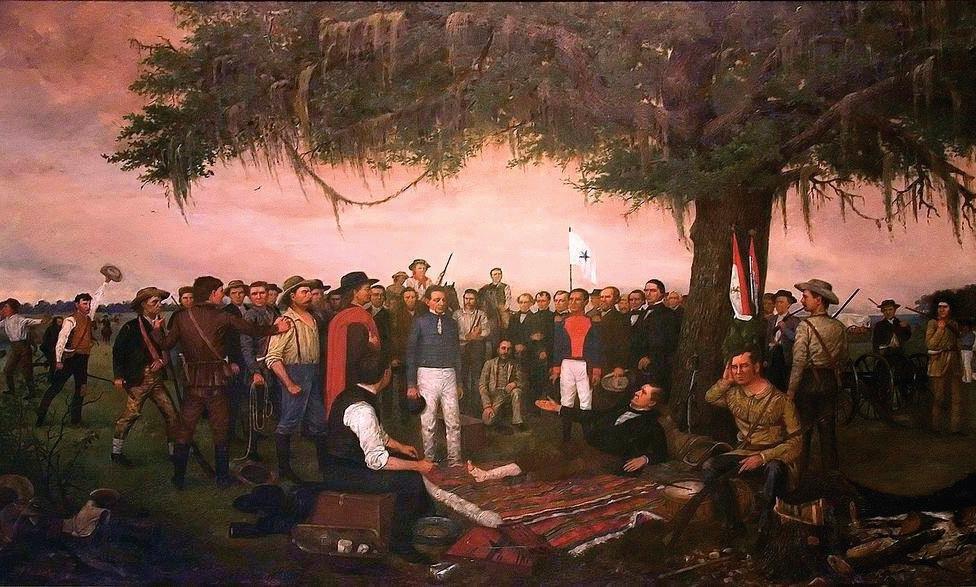Whaling in mid-19th century America was big business. The oil harvested for use in lamps from these leviathans was in great demand because it burned more cleanly and brightly, and for a longer period of time, than other oils. The baleen that grew in the top of a whale’s mouth, made from the same substance as human fingernails and through which whales siphon their food, was harvested and made into items like corsets and tools.
In 1857, more than 300 ships valued at $12 million dollars ($435 million today) and employing more than 10,000 men called New Bedford, Massachusetts, their home port. On board the whaling ship Florida, Eliza Williams wrote in her diary entry for Sept. 28, 1858, capturing the excitement when a crew spotted whales:






